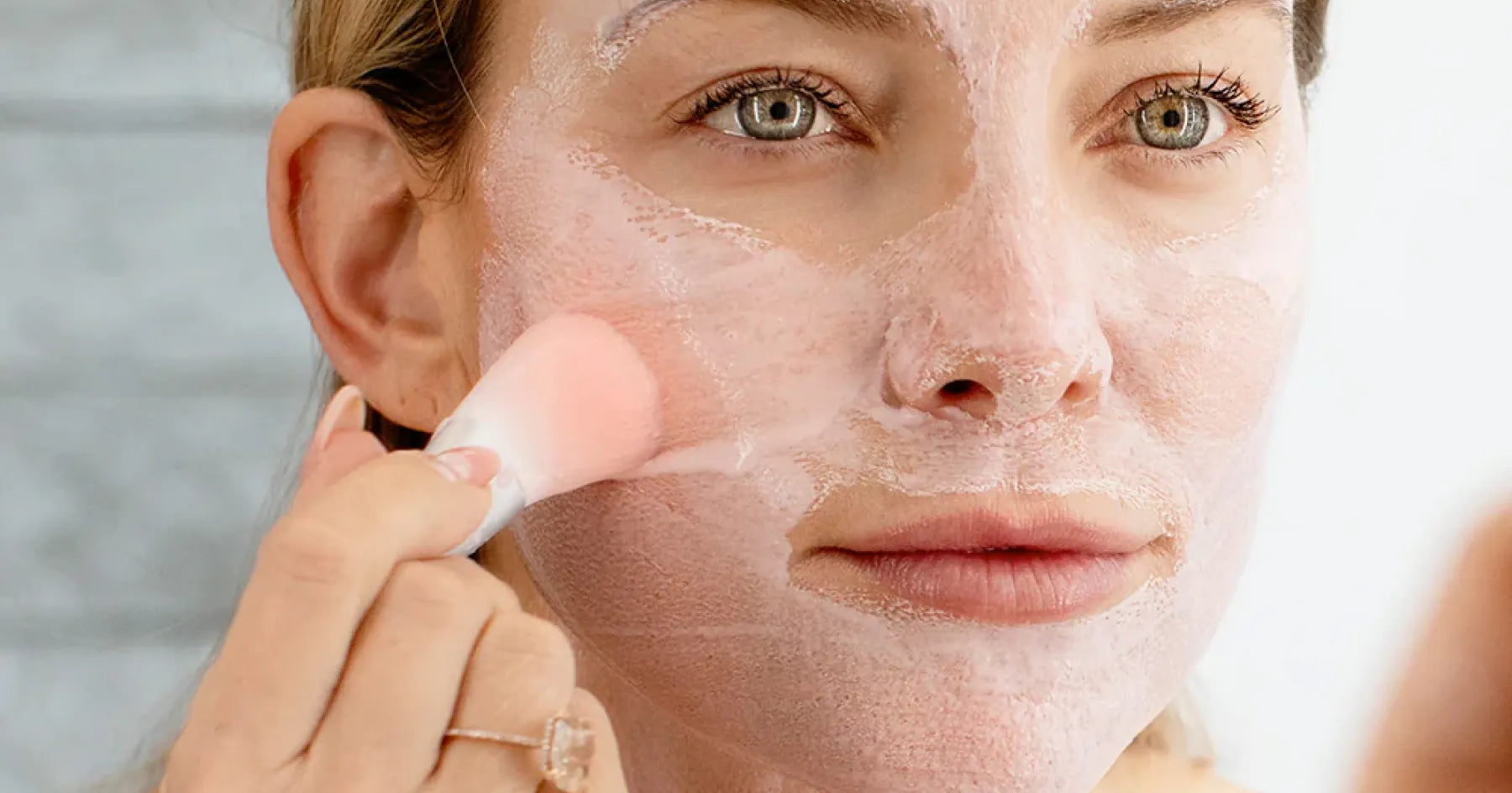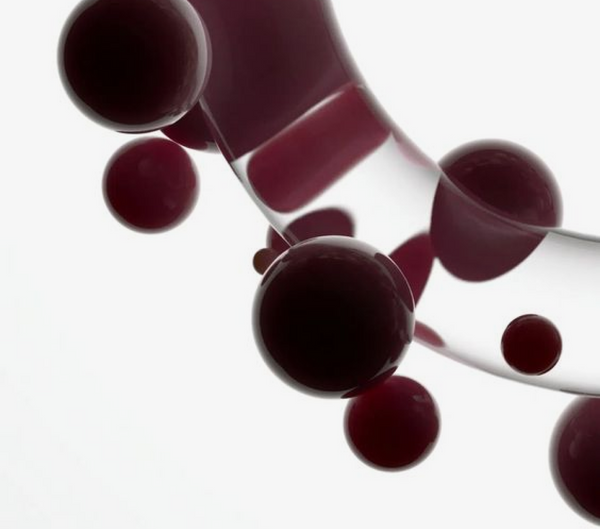Acne is a common skin concern that affects millions of people worldwide. While there are many different treatments available for this bothersome problem, one simple and cost-effective method gaining popularity is facial icing.
So, does this technique really help, or is it just a bunch of hype? This article will explore the science behind the practice of facial icing and its potential benefits for your skin, so before you break out your ice cube tray, read on.
What To Know About Breakouts
Breakouts occur when hair follicles and pores become clogged from excessive oil production and dead skin cells, which leads to the formation of pimples, blackheads, and whiteheads. Many people wonder if acne is preventable — and to some extent, it is.
However, there are some factors in play that simply can’t be controlled, including hormonal changes, genetics, and some lifestyle habits. While acne is often associated with teens, it can plague people of all ages. Unfortunately, dealing with acne and wrinkles at the same time is a common concern that many people don’t talk about.
Luckily, there are skincare products and practices that can help you manage complex skin concerns, and facial icing is one of them.
What Is the Science Behind Facial Icing?
Facial icing, also known as cold therapy or cryotherapy, involves applying ice or cold compresses to the skin. This practice has been used for centuries to address various skin concerns, including acne.
The real question is: does it actually work? The short answer is yes (kind of). The science behind ice facials is rooted in its ability to constrict blood vessels and reduce irritation. In some ways, this can indirectly help acne sufferers.
What Are the Benefits of Icing Your Face?
There are a few key benefits that come with facial icing:
Reducing Swelling and Redness
One of the primary benefits of facial icing is its ability to reduce swelling and redness associated with acne. When you apply ice to your skin, it causes blood vessels to constrict, which can help minimize the appearance of inflammatory acne.
Enhancing Blood Circulation
While initially constricting blood vessels, icing can also promote improved blood circulation in the long run. This increased blood flow can help deliver essential nutrients to the skin, promoting overall skin health and potentially aiding in the healing process of acne lesions.
Minimizing Pore Appearance
Cold temperatures can temporarily tighten the skin and shrink pores, making them appear smaller. This effect can be particularly beneficial for those with oily or acne-prone skin, as smaller pores are less likely to become clogged with excess sebum and debris.
How To Ice Your Face Properly
To reap the full benefits of facial icing, it’s important to follow proper techniques:
- Cleanse your face thoroughly with a gentle, organic cleanser, like Juice Beauty’s Blemish Clearing Cleanser. An Organic Spa Magazine award winner, this gentle cleanser is formulated to deeply cleanse and remove impurities while keeping skin soft and hydrated.
- Wrap ice cubes in a soft cloth or paper towel, or use a clean washcloth soaked in ice-cold water.
- Gently apply the cold compress to your face, focusing on areas prone to acne.
- Move the compress in circular motions, avoiding prolonged contact with any one area.
- Limit icing sessions to no more than one or two minutes per area.
- Follow up with soothing skincare that fits your unique skin type. Our Blemish Clearing Solutions Kit has everything you need for fresh, clear skin.
Ice Cubes vs. Ice Packs
You may be wondering if an ice pack will do the job just as well as an ice cube wrapped in a soft cloth.
While both ice cubes and ice packs can be effective, ice cubes offer more precision for targeting specific areas. However, ice packs may be more convenient for larger areas or full-face treatments.
Commercial Ice Rollers
An alternative to the ice cube vs. ice pack debacle is the commercial ice roller. Ice rollers are specifically designed tools that can make facial icing a bit more convenient and less messy. Some are made of stainless steel, while others come with massaging balls and built-in gel that stays cold for long periods.
If you choose to go with an ice roller, make sure you clean it thoroughly after each use, as neglecting to do so could spread bacteria and actually make your acne worse. There’s no evidence that ice rollers work any better than a simple ice cube, but some people find the sensation more satisfying, especially on inflamed skin with puffiness or swelling.
Incorporating Natural Ingredients
For an added boost, consider freezing natural ingredients like green tea bags, aloe vera, or cucumber slices to use in your facial icing routine. These ingredients can provide additional soothing and anti-inflammatory benefits.
How Often Should You Ice Your Face, and For How Long?
Facial icing should be done in moderation to avoid potential side effects like ice burns or irritation.
Here are some guidelines:
- Limits icing sessions to once or twice daily. Once in the morning and once at night, right before you start your skincare routine, is ideal.
- Keep each session to five minutes or less.
- Allow at least four hours between icing sessions to let your skin return to normal and ensure that you’re not overdoing it.
- If you have sensitive skin, start with shorter sessions and gradually increase the duration.
How To Incorporate Icing Into Your Skincare Routine
Trying to envision how you can incorporate icing into your skincare routine? We recommend doing it in this order:
- Cleanse: Clean your face with a gentle cleanser like the Stem Cellular Cleansing Oil.
(Don’t let the word “oil” scare you. The right kind of oil can actually help your skin to regulate sebum production).
- Ice: Apply a cold compress, or use your ice roller for one to three minutes.
- Apply your serum: Choose one that best fits your skincare needs, keeping in mind that acne can go hand in hand with other skin concerns.
- Moisturize: Opt for gel and/or oil-free formulations.
- Finish with sunscreen: Especially if your moisturizer doesn’t contain SPF.
Complementary Skincare Practices
While facial icing can certainly be beneficial, it’s most effective when combined with a well-thought-out skincare routine.
Consider incorporating these practices:
-
Exfoliation: On top of your regular gentle cleansing, you should also be exfoliating. Regular exfoliation helps remove dead skin cells that can clog pores.
-
Try Juice Beauty’s Revitalizing Acacia + Rose Powder Mask for a gentle yet effective option. In a clinical study, 100% of participants reported that the mask gently removed impurities after just 4 weeks of use, while 97% said their skin looked and felt revitalized and smoother instantly.
-
Spot treatment: If you have occasional breakouts or a random blemish pop up here or there, you might want to try a spot treatment. They are designed to be used as needed for the occasional pesky pimple.
-
Moisturizing: Many people with acne-prone skin are hesitant to moisturize for fear it may make breakouts worse. However, this is a misconception — your skin still needs moisture. Opt for an oil-free version or a gel formulation to avoid clogging pores.
-
Sun protection: Always apply a broad-spectrum sunscreen to protect your skin from harmful UV rays.
What Products Can Help With Breakouts?
In addition to facial icing, consider incorporating some of these all-star Juice Beauty products into your breakout-fighting routine:
Stem Cellular Anti-Wrinkle Booster Serum
This anti-wrinkle serum helps improve skin tone and texture while addressing fine lines and wrinkles. Don’t forget: anyone of any age can get acne, and having acne doesn’t mean that other skin concerns disappear.
In a clinical study, 95% of participants reported younger and smoother-looking skin and improved skin tone and texture.
Blemish Clearing Salicylic Acid Serum
Formulated with salicylic acid and other natural ingredients, this salicylic acid serum is designed to target acne and promote clearer skin.
SPF 30 Matte Oil-Free Moisturizer
Keep your skin hydrated with this lightweight, broad spectrum SPF 30 moisturizer. It’s oil free, which means you won’t need to worry about getting more breakouts. Antioxidant rich organic grape and pomegranate juices will help prevent premature signs of aging while protecting your skin.
The Bottom Line
Facial icing can be a valuable addition to your skincare routine, especially when dealing with acne. By reducing irritation, supporting circulation, and minimizing pore appearance, this simple technique can help you to achieve clearer, healthier-looking skin.
But remember: facial icing alone won’t help you to achieve your skin goals. You should consider combining icing with a comprehensive skincare regimen using clean, organic products.
As with any new skincare practice, it’s always best to consult with a dermatologist, particularly if you have sensitive skin or persistent acne concerns.
Sources:
The Chilled Truth: Debunking Myths About Icing Your Face for Better Skin | McGill University


